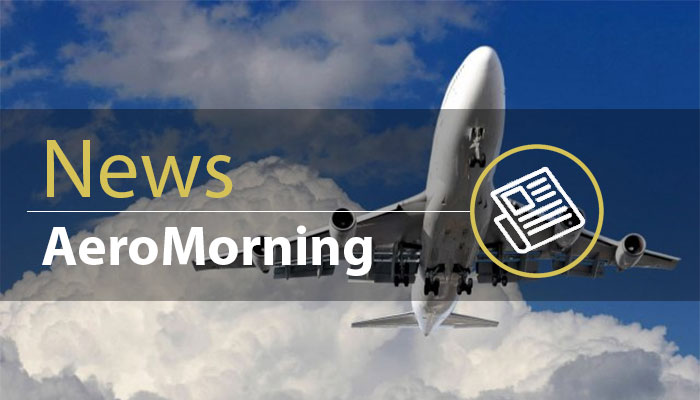EUROCONTROL Aviation Long Term Outlook expects aviation to reach 15.4 million flights in 2050, +39% vs. 2019 levels and shows that the pathway to net-zero by 2050 will remain challenging.
EUROCONTROL has just released its long-term flight and CO2 forecast, looking at how aviation will develop in the next twenty-five years – as well as the pathway to net-zero CO2 emissions by 2050.
| «Despite the COVID-19 pandemic which caused a significant short-term drop in traffic, the number of flights in Europe is expected to grow over the next 25 years, to reach 15.4 million flights in 2050, an increase of 52% compared to 2023 level. Simultaneously, in line with the European and International Civil Aviation (ICAO) objectives, the aviation sector is committed to net-zero carbon emissions by 2050. The good news is where there is a will, there is a way. Three main areas will contribute to this ambitious goal: the development of Sustainable Aviation Fuels (SAF), the improvements of fleet and technology; and the modernisation of airports, ATM operations and infrastructure, in particular through innovation. Additionally, out-of-sector measures will still be needed to achieve net-zero. All in all, the aviation industry will greatly rely on financial incentives and an appropriate regulatory framework to meet their commitments». Raúl Medina Director General EUROCONTROL |
In the most-likely scenario, some 15.4 million flights are forecast in the European Civil Aviation Conference Area (ECAC) by 2050; this is 52% more than in 2023 (39% more than in 2019) equivalent to an average annual growth of 1.6% over the 2023-2050 period (1.1% over 2019-2050). The growing constraints at some major airports, operating near or at their maximum capacity by 2050, will continue to put pressure on the entire network.
To achieve the challenging objective of net-zero CO2 emissions by 2050, this outlook describes the main enablers. As far as fleet and technology improvements are concerned, the pace of the fleet renewal with more fuel-efficient aircraft will be key – as well as the development and effective use of electric and hydrogen-powered aircraft. In turn, the operations and infrastructure have a role to play including innovation at airports and ATM infrastructures through SESAR solutions, as well as improved efficiencies in coordination between all operational stakeholders. Sustainable Aviation Fuels (SAFs) is another promising solution; here, the scaling up of production to meet demand and the evolution of the price of SAFs will be critical as their availability is currently limited and costly. Finally, what cannot be handled by the above to reach net-zero will have to be covered by out-of-sector measures such as market-based measures, carbon offsetting and capture, the integrity and effectiveness of which will be critical to ensuring that they genuinely reduce emissions.
 |
Without any significant measures, we forecast that ECAC flights will emit 271 Mt CO2 by 2050 (if there is no fleet renewal, the forecast is for 294 Mt CO2). To get to the net-zero target, the key sustainability factors identified would require savings: 53 Mt (20% of the total carbon emissions in 2050) from fleet and technology, 27 Mt (10%) from operations and infrastructures (including innovation in ATM), 90 Mt (33%) from Sustainability Aviation Fuels (SAF). And the remaining gap to net-zero (101 Mt or 37%) would have to be covered by out-of-sector measures (such as market-based measures, carbon off-setting and carbon capture). Source: Eurocontrol





Be the first to comment on "EUROCONTROL Aviation Long Term Outlook"